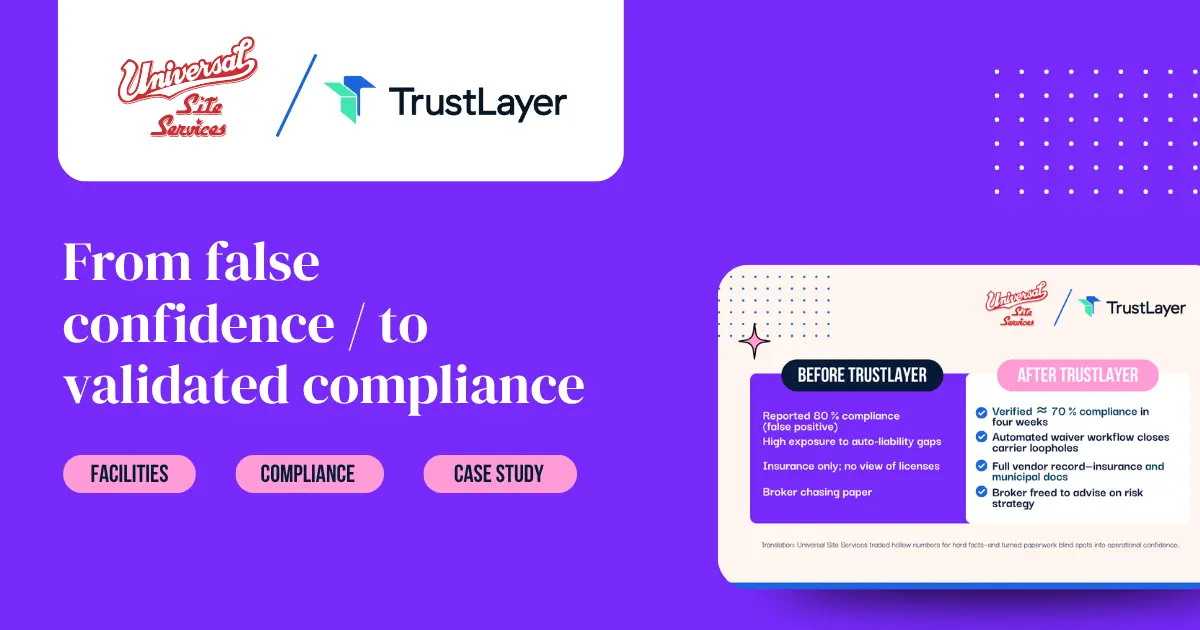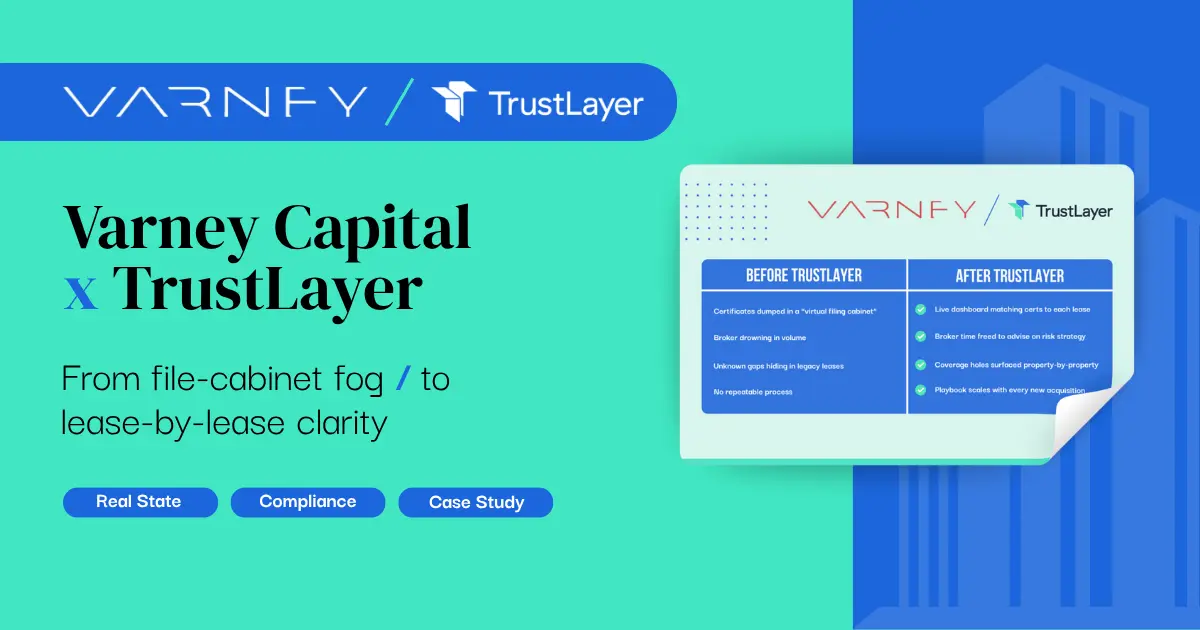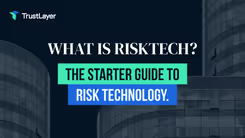What is Hazard Insurance and How Can It Protect Your Business?

In the business world, protecting assets is paramount. One of the essential types of coverage that business owners should consider is hazard insurance. This form of insurance serves as a safety net, shielding businesses from unforeseen events that could lead to significant financial loss. Understanding hazard insurance can help business owners make informed decisions about their coverage needs.
Understanding Hazard Insurance
Hazard insurance is a specific type of property insurance that covers damage to buildings and personal property within the premises. It is crucial for businesses that own or lease physical locations, as it protects against various risks, including fire, theft, vandalism, and certain natural disasters. By providing a safety net, hazard insurance allows business owners to focus on their operations without the constant worry of potential catastrophic events that could disrupt their livelihoods.
What Does Hazard Insurance Cover?
The coverage provided by hazard insurance can vary based on the policy, but it typically includes:
- Damage from fire, lightning, or explosions
- Theft and vandalism
- Damage from certain natural disasters, such as hail or windstorms
- Liability for injuries that occur on the property
It’s important to note that hazard insurance does not cover everything. For example, damage from floods or earthquakes usually requires separate policies. Understanding what is included in a hazard insurance policy is essential for ensuring comprehensive protection. Additionally, some policies may offer optional endorsements that can expand coverage, such as protection against business interruption, which can be invaluable in the event of a disaster that halts operations.
Who Needs Hazard Insurance?
Any business that owns or leases a physical location should consider hazard insurance. This includes retail stores, restaurants, office buildings, and manufacturing facilities. Even home-based businesses can benefit from this type of coverage, as it protects the owner’s property and equipment. For instance, a small online retailer operating from a garage may have valuable inventory and equipment that could be at risk without proper insurance.
Moreover, lenders often require businesses to have hazard insurance as a condition for financing. This requirement helps protect their investment and ensures that the company can recover from potential losses. Additionally, having hazard insurance can enhance a business's credibility with clients and partners, demonstrating a commitment to risk management and financial responsibility. In a world where unexpected events can occur at any moment, being adequately insured is not just a safeguard; it is a strategic business decision that can influence growth and sustainability.
The Importance of Hazard Insurance for Businesses
Hazard insurance is not just a safety measure; it is a critical component of a business’s risk management strategy. Here are several reasons why having hazard insurance is vital:
Financial Protection
One of the primary benefits of hazard insurance is financial protection. In the event of a disaster, the costs associated with repairs, replacements, and lost income can be overwhelming. Hazard insurance can cover these expenses, allowing businesses to recover more quickly and resume operations.
For example, if a fire damages a retail store, the costs of rebuilding and replacing inventory can be substantial. Hazard insurance can help alleviate these financial burdens, ensuring that the business can continue to operate without significant disruption.
Moreover, the financial implications extend beyond immediate repair costs. Businesses may also face long-term repercussions, such as reduced customer trust or loss of market share, if they cannot reopen promptly. Hazard insurance not only mitigates the immediate financial impact but also helps safeguard the business’s reputation and future earnings potential.
Peace of Mind
Knowing that a business is protected against potential hazards provides peace of mind to both owners and employees. This assurance allows business owners to focus on their operations, rather than worrying about what might happen in the event of an unforeseen disaster.
Additionally, having the right insurance coverage can foster a sense of security among employees, which can lead to increased productivity and morale. When employees know their workplace is protected, they can concentrate on their tasks without the anxiety of potential risks looming over them.
Furthermore, peace of mind extends to stakeholders, including investors and clients, who may feel more confident in a business that demonstrates a commitment to risk management. This confidence can translate into stronger business relationships and potentially more favorable contract terms, as partners are often more willing to engage with companies that prioritize their stability and security.
How to Choose the Right Hazard Insurance Policy
Selecting the appropriate hazard insurance policy can be a daunting task, but it is crucial for ensuring adequate protection. Here are some steps to consider when choosing a policy:
Assess Your Risks
Every business faces unique risks that are specific to its industry, location, and operations. Conducting a thorough risk assessment can help identify potential hazards that the company may encounter. This assessment should include an analysis of the physical location, the nature of the business, and any specific risks associated with the industry.
Understanding these risks will help business owners select a policy that provides the necessary coverage. For instance, a business located in an area prone to flooding may require additional coverage beyond standard hazard insurance. Additionally, companies that handle hazardous materials or operate heavy machinery may need specialized policies that address those specific risks. By taking the time to evaluate these factors, owners can better protect their assets and ensure they are not caught off guard by unforeseen events.
Compare Policies
Not all hazard insurance policies are created equal. It’s essential to compare different policies from various insurance providers to find the best fit for your business. Look for coverage limits, deductibles, and exclusions to ensure that the policy meets your specific needs.
Additionally, consider the reputation of the insurance provider by researching customer reviews and ratings to gauge their reliability and responsiveness in handling claims. A strong track record in customer service can make a significant difference during challenging times. It’s also wise to inquire about the claims process itself; understanding how quickly and efficiently an insurer processes claims can provide peace of mind. Furthermore, some providers may offer additional services, such as risk management resources or loss prevention advice, which can be invaluable in minimizing future risks.
Consult with an Insurance Professional
Working with an insurance agent or broker can provide valuable insights into the complexities of hazard insurance. These professionals can help navigate the various options available and recommend policies that align with the business’s needs.
Moreover, they can help clarify the fine print, ensuring that business owners are aware of any exclusions or limitations in their coverage. This guidance can be instrumental in avoiding potential pitfalls when filing a claim. Additionally, insurance professionals often stay updated on industry trends and changes in regulations, which can affect coverage needs. By leveraging their expertise, business owners can make more informed decisions and potentially save money by identifying discounts or bundling opportunities that may not be immediately apparent.
Common Misconceptions About Hazard Insurance
Despite its importance, several misconceptions surround hazard insurance, leading to confusion among business owners. Addressing these misconceptions can help clarify the role of hazard insurance in protecting businesses.
Myth: Hazard Insurance Covers Everything
One common misconception is that hazard insurance provides blanket coverage for all types of damage. In reality, hazard insurance has specific exclusions and limitations. For example, natural disasters such as floods and earthquakes often necessitate separate policies.
Business owners should carefully review their policies to understand what is and is not covered. This knowledge is crucial for ensuring that the business is adequately protected against potential risks. Additionally, it’s important to note that even within the covered categories, certain limits may apply. For instance, while fire damage may be covered, the maximum payout could be capped, leaving the business owner to cover the difference. Understanding these nuances can prevent unpleasant surprises during the claims process.
Myth: Hazard Insurance is Only for Large Businesses
Another misconception is that hazard insurance is only necessary for large corporations. In truth, businesses of all sizes can benefit from hazard insurance. Small businesses, in particular, are more vulnerable to financial losses from unexpected events, making coverage even more crucial.
Regardless of a business's size, having hazard insurance can provide essential protection and peace of mind, allowing owners to focus on growth and success. Small business owners often invest their life savings into their ventures, and the financial impact of a disaster can be devastating. Moreover, many lenders require some form of hazard insurance before approving loans, making it not just a safety net but also a prerequisite for securing funding. By understanding the risks and taking proactive steps to mitigate them through hazard insurance, business owners can safeguard their investments and foster long-term stability.
Real-Life Examples of Hazard Insurance in Action
Understanding the practical implications of hazard insurance can be enlightening. Here are a few real-life scenarios where hazard insurance played a crucial role:
Case Study: A Retail Store Fire
A local retail store suffered a devastating fire that destroyed a significant portion of its inventory and caused extensive damage to the building. Fortunately, the business owner had a comprehensive hazard insurance policy in place. The insurance covered the costs of rebuilding the store and replacing the inventory, allowing the business to reopen within a few months.
This case underscores the importance of having adequate coverage to mitigate financial losses and ensure business continuity in the event of a disaster. Moreover, the owner took proactive steps to enhance safety measures after the recovery, such as installing fire alarms and sprinkler systems, which not only protected the business but also potentially lowered future insurance premiums. This incident served as a wake-up call for other local retailers, prompting them to review their own insurance policies and safety protocols.
Case Study: Flood Damage to an Office Building
In another instance, an office building was severely damaged due to flooding during a heavy storm. The business owner had purchased a hazard insurance policy, but it did not include flood coverage. As a result, the owner faced significant out-of-pocket expenses to repair the damage.
This scenario underscores the necessity of understanding the specific risks associated with a business’s location and operations. It serves as a reminder to consider additional coverage options when necessary. Following the incident, the owner sought advice from an insurance broker to better understand the nuances of their policy and the importance of supplemental flood insurance, especially given the increasing frequency of extreme weather events. This experience not only educated the owner but also led to a community seminar on disaster preparedness and insurance literacy, helping other business owners avoid similar pitfalls.
Conclusion
Hazard insurance is a vital component of a business's risk management strategy. By providing financial protection against various risks, it enables business owners to focus on their operations without the looming fear of potential disasters. Understanding the nuances of hazard insurance, including what it covers and how to choose the right policy, can empower business owners to make informed decisions.
Ultimately, investing in hazard insurance is not just about protecting physical assets; it is about securing the business's future. With the right coverage in place, companies can navigate challenges with confidence, ensuring resilience and sustainability in an ever-changing landscape.
As you consider the importance of hazard insurance for your business, remember that managing risk extends beyond just securing the right policy. Modern risk management is about efficiency and innovation, and that's where TrustLayer shines. Our platform is designed for the modern risk manager who values technology that simplifies and accelerates the verification process for certificates of insurance (COIs). With TrustLayer, you can automate the tedious tasks of document collection, storage, and verification, freeing up valuable time and resources. Embrace the future of risk management and join the hundreds of thousands of companies that trust TrustLayer to streamline their compliance document processes. Don't let manual methods hold you back—set up a time to talk with our team and discover how we can help you build a more resilient and efficient business.
















